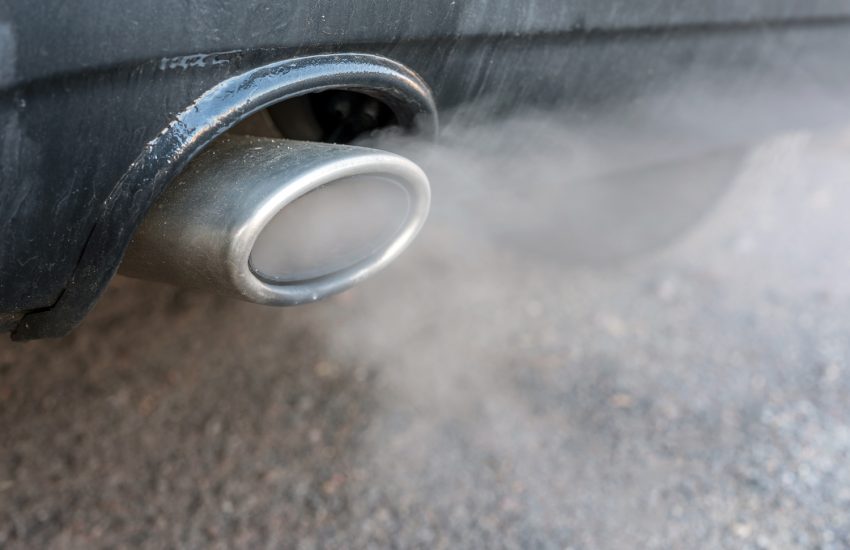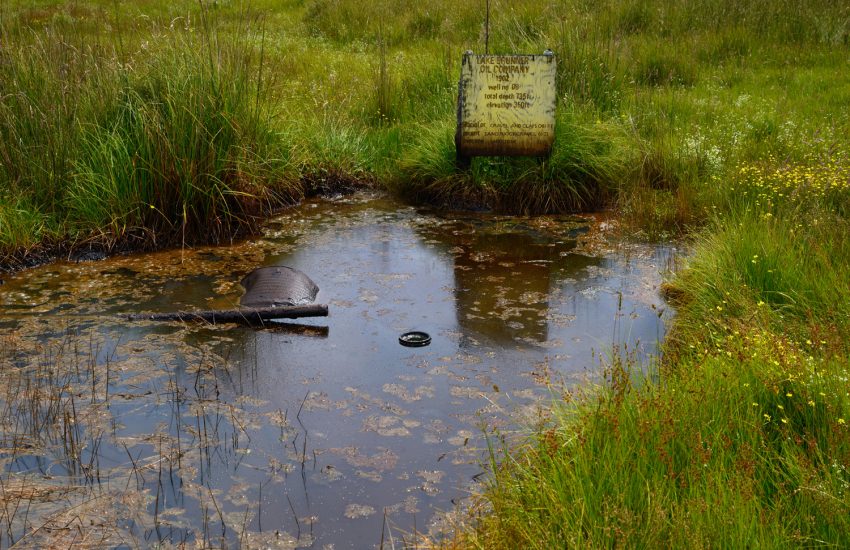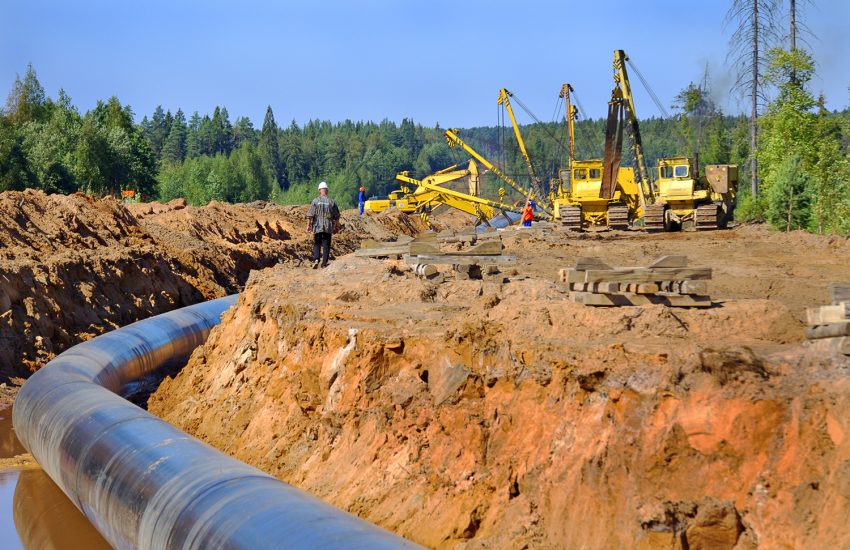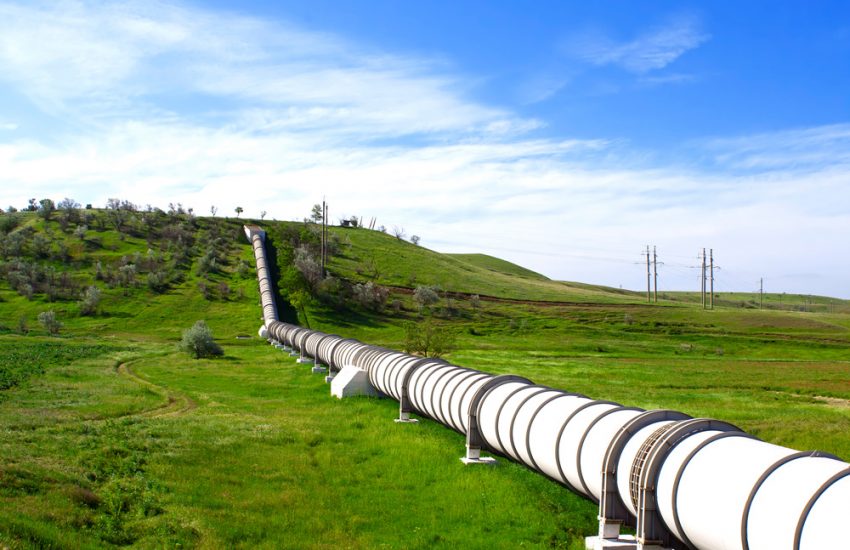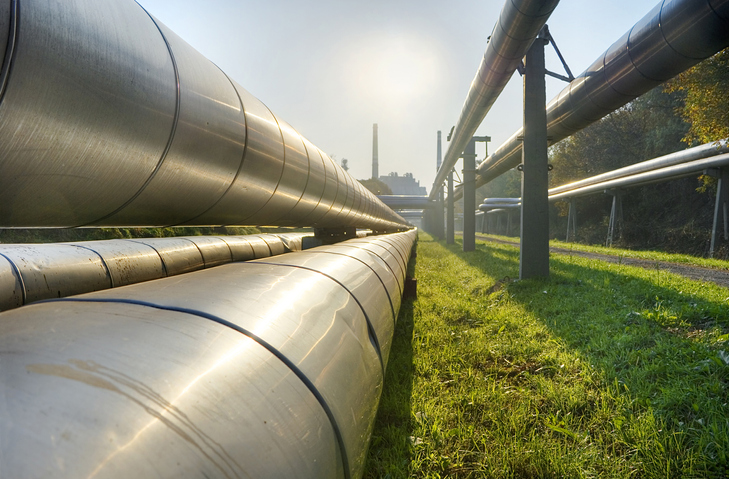Last week, a coalition of environmental groups filed suit in the Southern District of New York following the Trump Administration’s proposal to update the National Environmental Policy Act (NEPA)—the federal law that requires certain environmental reviews prior to the approval of major infrastructure projects.
The lawsuit, Environmental Justice Health Alliance et al. v. Council on Environmental Quality et al., Civil Action No. 20-cv-6143, is the third challenge to the Administration’s NEPA overhaul following two other cases filed in Virginia and California federal courts in late July.
The suits were spurred by the promulgation of …
Continue Reading



